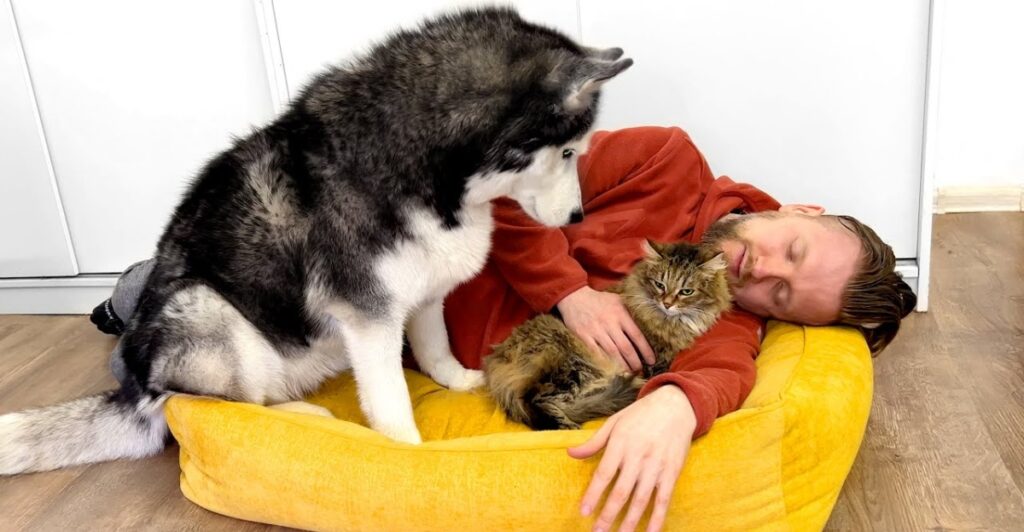
When bringing a dog into a home with cats, it’s essential to choose a breed that gets along well with feline companions. While many dogs and cats can coexist peacefully, some dog breeds are more prone to chasing, herding, or even aggression, making them less ideal for a multi-pet household. These are twelve of the worst dog breeds to have with cats.
1. Greyhound

Greyhounds are known for their incredible speed. These sighthounds were originally bred for coursing game and racing, which has instilled a strong prey drive in them. Their natural instinct to chase anything that moves quickly can be problematic when living with cats. Even retired racing Greyhounds, who are often calm and gentle indoors, may suddenly spring into action if they see a cat dart across the room. While some Greyhounds can learn to coexist with cats, especially if introduced at a young age, their innate chase instinct can make it risky for feline companions.
2. Jack Russell Terrier

Jack Russell Terriers are small but mighty dogs with outsized personalities. Originally bred for fox hunting, these terriers have an intense prey drive and a tenacious nature. Their high energy levels and determination make them relentless when it comes to pursuing small animals. Jack Russells are known for their intelligence, but this can sometimes work against them in a home with cats. They may view the feline as a challenge or a game, leading to constant harassment or chasing. Their small size doesn’t make them any less of a threat to cats, as they are fearless and can be quite aggressive when their prey drive is triggered.
3. Siberian Husky
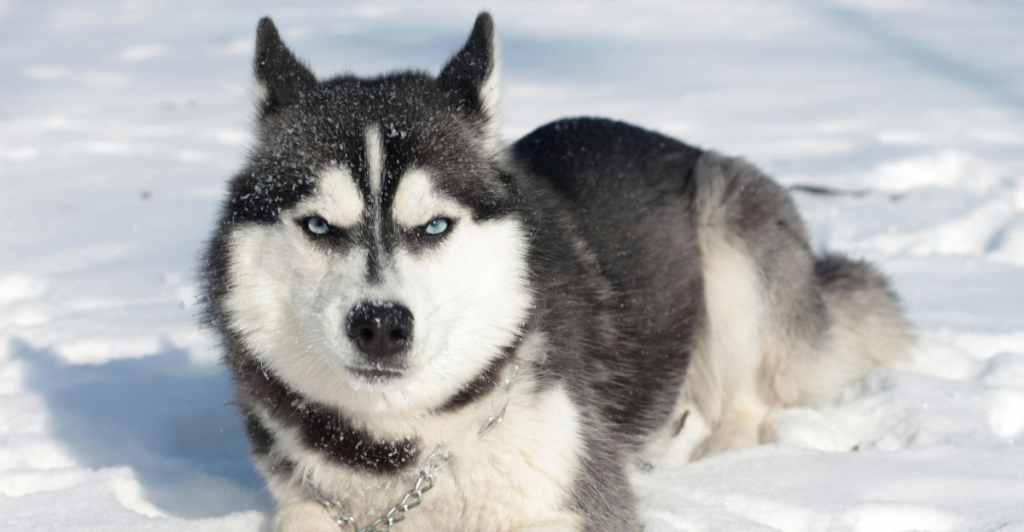
Siberian Huskies are beautiful, wolf-like dogs known for their striking blue eyes and thick coats. However, their beauty belies a strong predatory instinct. Huskies were bred as working dogs in harsh Arctic conditions, which has resulted in a high prey drive and an independent nature. They have a natural inclination to chase small animals, including cats. Huskies are also known for their escape artist tendencies, which can be dangerous if they manage to get out and encounter neighborhood cats. Their playful and energetic nature can be overwhelming for most cats, even if the Husky doesn’t intend harm.
4. American Pit Bull Terrier

Pit Bulls often get a bad rap, and while they can be loving and loyal to their human families, their terrier heritage makes them potentially problematic for cat households. These dogs were originally bred for bull-baiting and later for fighting, which has resulted in a strong prey drive and a powerful physique. While many Pit Bulls can be trained to live peacefully with cats, especially if raised together from a young age, their strength and tenacity mean that any altercation could be serious. Additionally, their play style can be too rough for most cats, even if the Pit Bull is just trying to be friendly.
5. Scottish Deerhound
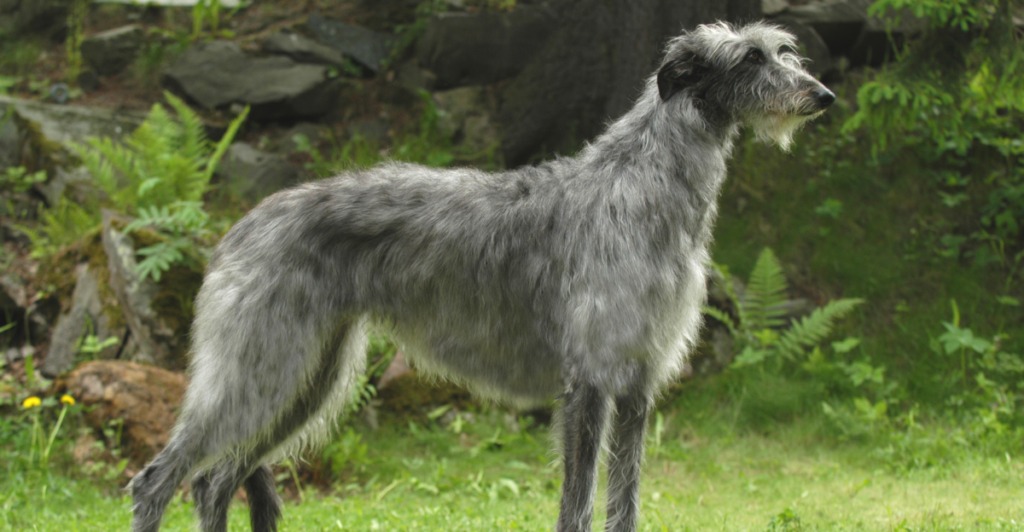
Scottish Deerhounds are gentle giants with a calm demeanor, but their hunting instincts run deep. These large sighthounds were bred to hunt red deer by coursing, which means they’re hardwired to chase fast-moving prey. Their size alone can be intimidating to cats, and their natural instinct to pursue can make cohabitation challenging. While Scottish Deerhounds are generally docile and even-tempered with humans, their prey drive can kick in suddenly when they spot a small, swift animal like a cat.
6. Beagle
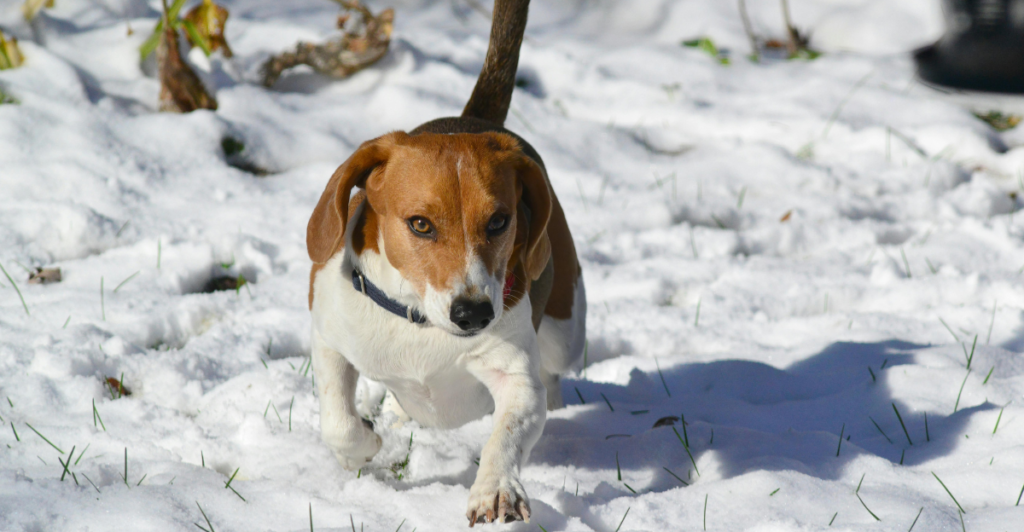
Beagles are popular family dogs known for their friendly nature and compact size. However, these traits don’t necessarily make them good companions for cats. Beagles were bred as scent hounds and were used primarily for hunting rabbits and other small game. This background has given them a strong prey drive and an incredible sense of smell. Once a Beagle catches a scent, it can be extremely difficult to distract them from their pursuit. Their vocal nature, including their distinctive howl, can also be stressful for cats. While some Beagles can learn to live with cats, their hunting instincts often make it a challenging combination.
7. Afghan Hound
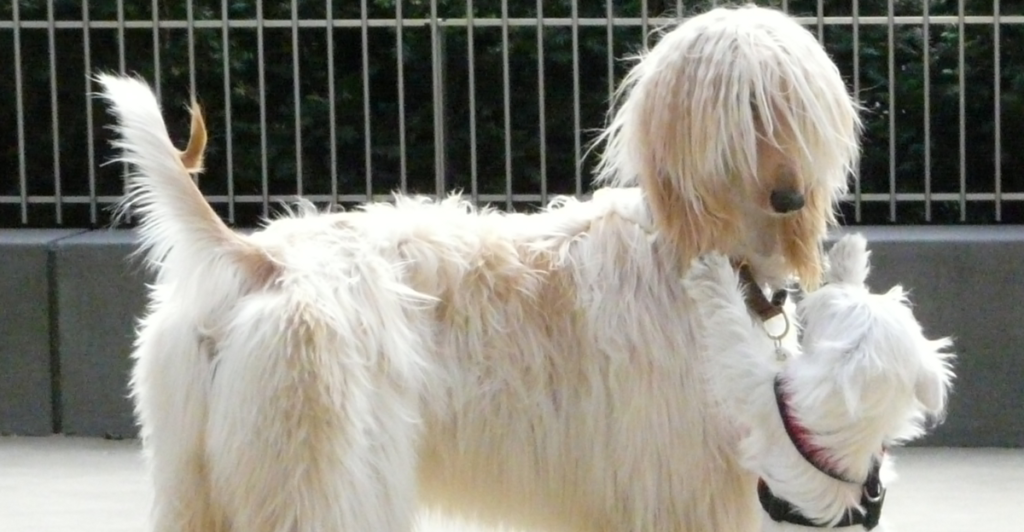
Afghan Hounds are known for their luxurious coats and regal appearance. These ancient sighthounds were originally bred to hunt large game in the mountainous regions of Afghanistan. Their independent nature and strong prey drive can make them difficult to train and potentially dangerous for cats. Afghan Hounds are swift runners with keen eyesight, making it easy for them to spot and chase a fleeing cat. While they can be aloof and calm indoors, their hunting instincts can kick in quickly when they see rapid movement.
8. Samoyed
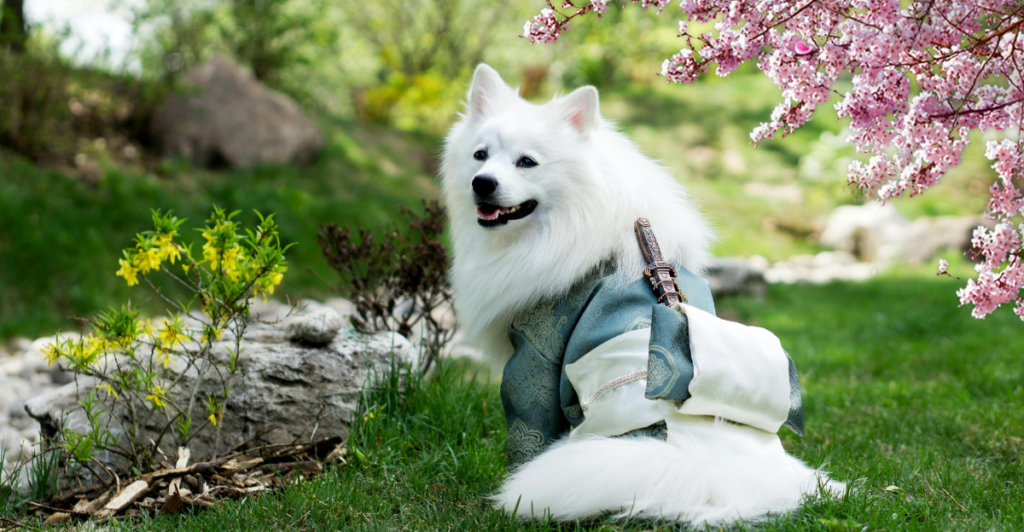
Samoyeds are fluffy, white dogs known for their friendly “smile” and gentle nature with humans. However, their history as working dogs in Siberia, where they were used for herding reindeer and hunting, has left them with a prey drive that can be problematic for cats. Samoyeds are energetic and playful, which can be overwhelming for most cats. Their herding instincts may cause them to chase or corner cats, even if they don’t intend to harm them. While some Samoyeds can learn to live peacefully with cats, their high energy levels and prey drive can make it a challenging combination.
9. Australian Cattle Dog
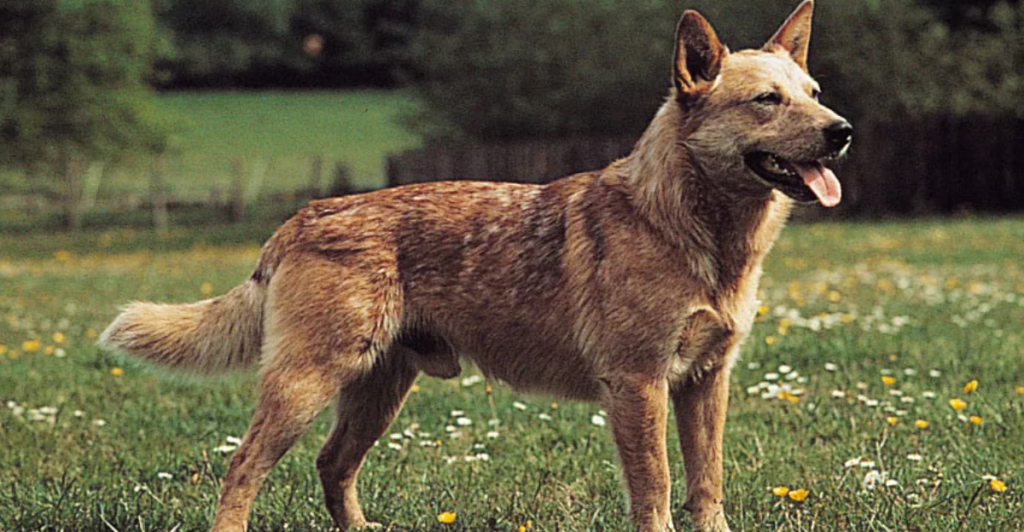
Australian Cattle Dogs, also known as Blue Heelers, are intelligent and hardworking herding dogs. Their high energy levels and strong herding instincts can be problematic in a household with cats. These dogs were bred to herd cattle by nipping at their heels, a behavior that they may try to apply to cats. Their intense focus and determination, while admirable in working situations, can lead to the relentless pursuit of a cat. Australian Cattle Dogs also have a strong prey drive, which can be triggered by a cat’s quick movements.
10. Border Collie
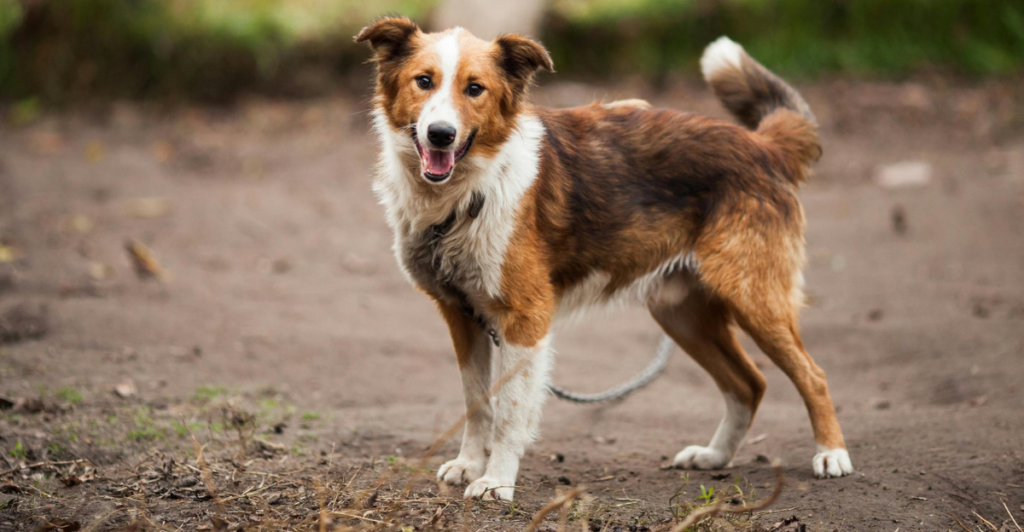
Border Collies are often cited as the most intelligent dog breed, but this intelligence doesn’t always translate to being good with cats. These herding dogs have an intense work ethic and a strong instinct to control the movement of other animals. In a home setting, they may try to herd cats, which can be extremely stressful for the feline. Border Collies are also highly energetic and require a lot of mental and physical stimulation. Without proper outlets, they may focus this energy on chasing or harassing cats. While some Border Collies can be trained to leave cats alone, their herding instincts are deeply ingrained and can be difficult to suppress entirely.
11. Rhodesian Ridgeback

Rhodesian Ridgebacks are large, powerful dogs originally bred in Africa to hunt lions. This hunting heritage has left them with a strong prey drive and a protective nature that can be problematic for cats. Ridgebacks are known for their independence and stubbornness, which can make training them to ignore cats challenging. Their size and strength mean that even playful interactions could be dangerous for a cat. While some Ridgebacks can learn to coexist with cats, especially if raised together from a young age, their hunting instincts and territorial nature often make them a poor choice for homes with feline companions.
12. Whippet

Whippets, like their larger Greyhound cousins, are sighthounds with an intense prey drive. These sleek, fast dogs were bred for coursing small game, which makes them naturally inclined to chase cats. Whippets can reach speeds of up to 35 miles per hour, making it nearly impossible for a cat to outrun them if they decide to give chase. While Whippets are generally gentle and affectionate with their human family members, their instinct to pursue fast-moving objects can override their training when they spot a cat. Even if a Whippet doesn’t intend to harm a cat, the stress of being constantly chased can significantly impact the cat’s quality of life.
Source:
The 20 Worst Dog Breeds to Have With Cats
Disclaimer: This article was written with the assistance of AI and was edited/fact-checked by a human.
Stay connected with us for more stories like this! Follow us to get the latest updates or hit the Follow button at the top of this article, and let us know what you think by leaving your feedback below. We’d love to hear from you!







